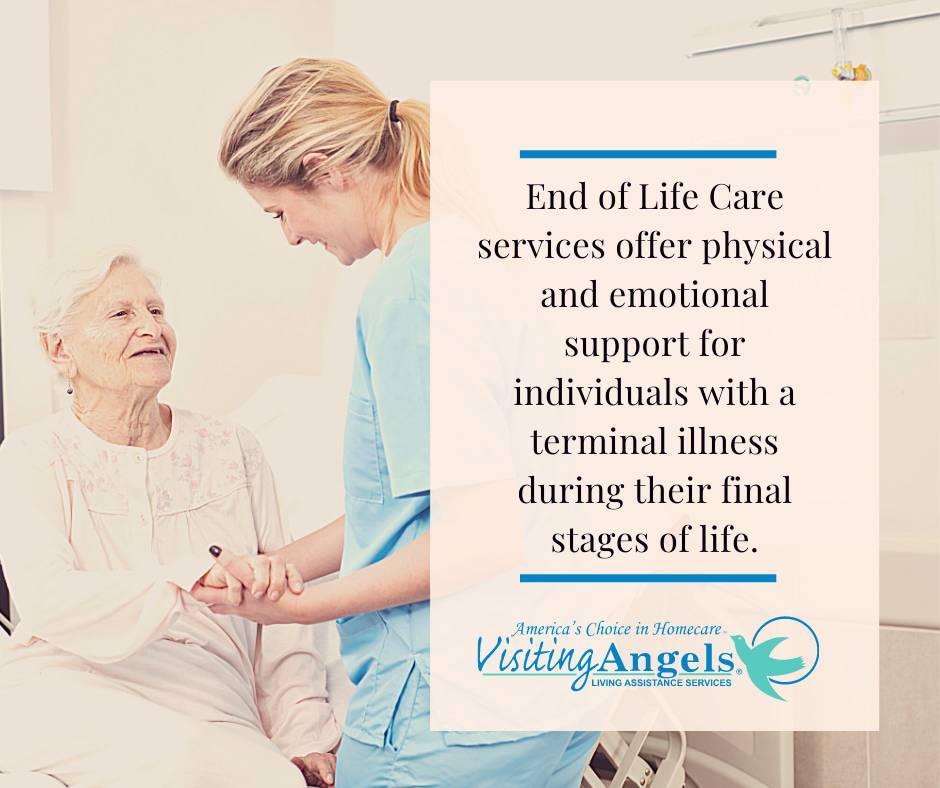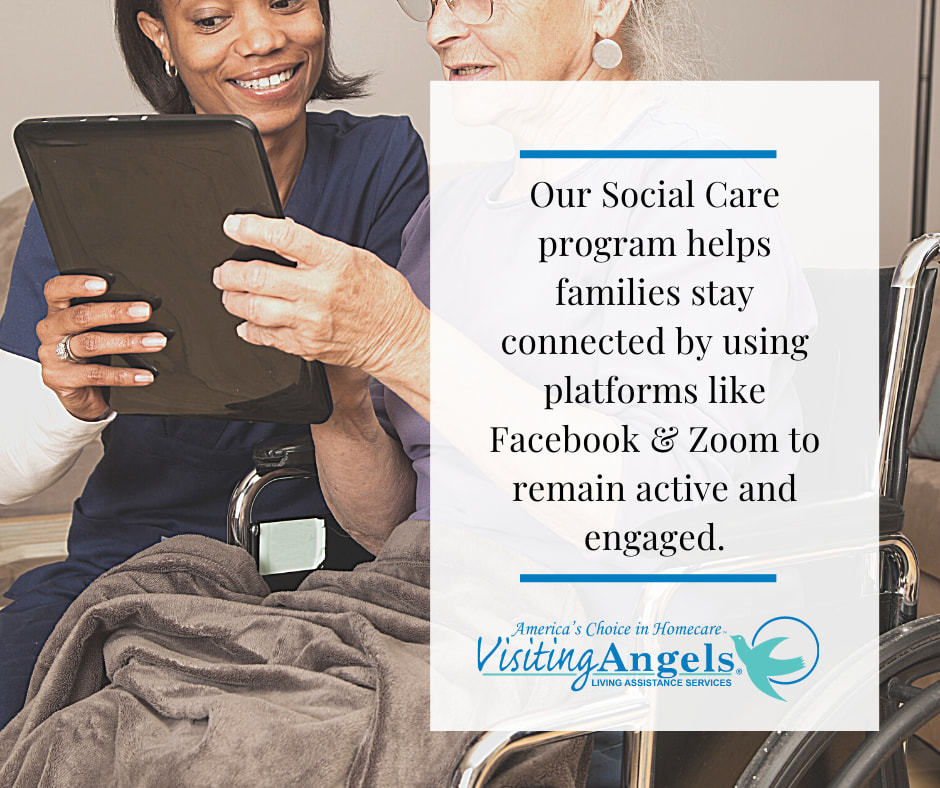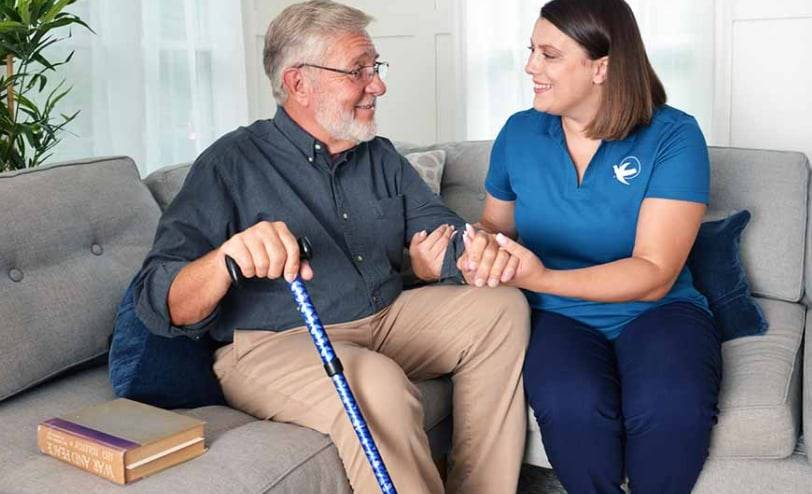The digital revolution is transforming senior health care
You are probably aware that the digital disruption in senior health care is spreading quickly and has the potential to alter how healthcare is provided, whether you are a patient, a clinician, or an employee of a healthcare company. The essay that follows discusses some of the developments and problems brought on by the digital disruption in senior healthcare. It looks at the significance of implementing modern technology to enhance senior citizens’ healthcare.
Technology has long been used to deliver healthcare, but recent developments have made it possible for new types of businesses to enter the market and provide innovative services. In a word, they are utilizing technology to raise patient access to care, lower expenses, and increase worker productivity and wellness.
The majority of new technology’s benefits may go to front-line employees. Their happiness quotient can go up, and they can spend more time with their families thanks to technologies that make them more successful and efficient. In view of the escalating cost of healthcare, this is especially true.
The AMA conducted a survey of its members to determine how many are utilizing cutting-edge technologies. According to the findings, more than one-third of physicians anticipate implementing at least one new technology this year. In order to determine how cutting-edge medical technologies might be adopted into clinical practice, the AMA also conducted a benchmark test. According to the research that followed, the best applications of new technology would be those that boost patient welfare, improve doctor-patient communication, and minimize paperwork.
The AMA has done a commendable job of encouraging the adoption of cutting-edge technology, but there is always room for improvement. They might be using innovative technical methods in particular to cater to the needs of their elderly patients.
Medicare and Medicaid have recently implemented a number of different payment schemes. These models aim to persuade providers to switch from the more conventional fee-for-service model to a more value-based one. These approaches pay caregivers for providing effective care. They also demand that providers make investments in both infrastructure and personnel.
From the start of a patient’s care cycle to its conclusion, physicians are responsible for their results under this new approach. This covers preventing the spread of the illness, relapses, and consequences.
The public demand for higher quality care is fueling the shift away from the fee-for-service reimbursement paradigm, which has historically placed a premium on the number of services.Through coordinated care pathways, this innovative paradigm encourages providers to enhance patient care. It also rewards healthcare professionals for omitting therapies and delivering treatment in the appropriate settings.
Providers will need to change their business models in addition to the payment mechanisms. This entails introducing new services and implementing more costly initiatives. Additionally, they will need to enhance their diagnostic exams. This will increase their costs and expose them to additional financial risk.
Providers are expanding the number of doctors and experts on their care teams in order to promote more coordinated care. To help patients navigate their care, hospitalists and navigators are also being added. The challenges faced by patients have been positively impacted by these partnerships.
Technology use with senior citizens might be challenging. However, some technological advancements can be advantageous for senior citizens. Mobile health (mHealth) developments like tablets and smartphones are among them. Seniors who use these devices can communicate with healthcare professionals and receive medical care. These gadgets also offer real-time feedback and health-related data.
Older folks may be hesitant to utilize technology out of concern for infections, phishing schemes, pop-up ads, and privacy concerns. Similar to younger people, older people may worry about damaging their technology. This anxiety could result from a lack of confidence.
Ignorance may also limit the ability of older people to use technology.The effect of this ignorance may be dissatisfaction and a potential sense of helplessness.
The social contact made possible by technology is probably the most astounding technology for older individuals. Older folks are driven to maintain their social connections. However, a larger prevalence of residential care is linked to social isolation. This is particularly valid for senior citizens who live alone. Using technology to encourage social connection may result in less loneliness and isolation.
The best technology for older people is technology designed specifically for their needs. A patient-centered app design, caregiver support, or a combination of the three may be part of this.





 magical-caffeine
magical-caffeine